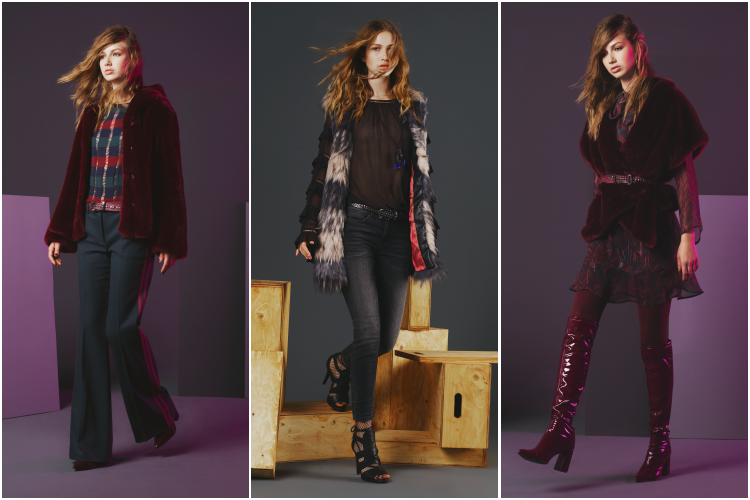“A wool sweater is as cruel as a mink coat.” With this affirmation, PETA takes a position on a very controversial subject: the use of furs in the fashion industry and the fur-free movement.
They say that one day, back in 1996, Anna Wintour (director of Vogue) was eating at a restaurant in New York when the waiter, an activist, served her a dead raccoon. Twenty years later, furs are still very present in runaways and the debate about their use is present with the same incandescence, especially now that the big firms are gradually joining the fur-free movement.
Gucci, one of the latest ones that have joined the fur-free movement
Gucci has been the latest to join a long list of brands that apply an anti-fur policy. A decision that contrasts enormously with the use of fur throughout its history and, without going any further, in its latest collections. Remember the boom of the moccasins with bare heels and fur inside, very in trend last fall-winter season.
The responsible for this change is Alessandro Michele because since he took on the creative direction of the brand in 2015, he has not stopped making changes. The prohibition of the use of furs in the garments comes into force from the spring-summer 2018 collection.
Fake fabrics: the new treasure
But, what do the brands base on to opt for a fur-free policy? In ethics, animal protection, the rationalization of resources? The motivations are diverse, although what some designers agree with is the value they give to technological advances and the applications that these advances can have on fashion and the creation of more realistic fake fabrics.
One step further, a change of landscape with which the investment shifts (from farms to science) and which, as we are seeing, has a high level of contagion among the members of the fashion industry.
Just a year ago another of the big firms, Armani, announced that they would stop using animal fur to make their garments. But this socially responsible policy is not something new. We already saw how in the 90’s the topic was in its maximum splendor. Calvin Klein became fur-free in 1994, Ralph Lauren in 2006, and Tommy Hilfiger in 2007, the same happens with a long list of brands that, sooner or later, have joined these ones. Vivienne Westwood, Hugo Boss or the Spanish Adolfo Dominguez are some examples.
But if there is a firm that stands out for being eco-friendly, for seeking responsible alternatives and for having avoided the use of animal fur since its origin, that is Stella McCartney. The designer, vegetarian, ecologist and activist of PETA, has become the Green luxury star.
The faux fur is still in trend
Fax fur will continue with us this fall-winter 2017. Sisley has launched a whole line with seven models, of course, of synthetic skins. Jackets, a bomber, a coat, a shoulder cover and a maxi vest are the pieces of this colorful collection and prepared for a winter that does not seem to come.
Firms are joining little by little to the fur-free policy and, although there are still diverse opinions within the industry, the truth is that technology has made that consumers barely notice the difference between animal fur and artificially created ones. A fact that can make our decision to opt for one or the other much easier.








